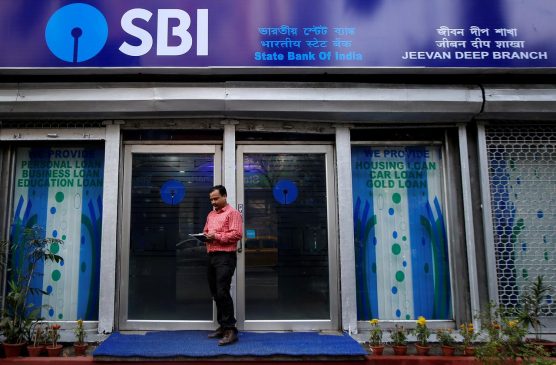“While it will be difficult to give any numbers, we should not deteriorate from here. In case of delinquencies or GNPA or credit cost, the objective is to improve upon where we are today,” he said.
SBI Cards and Payments Services will keenly monitor gross non-performing assets (GNPA) to ensure that it does no rise any further and also, look at bringing it down from current levels, said MD & CEO Abhijit Chakravorty.
“While it will be difficult to give any numbers, we should not deteriorate from here. In case of delinquencies or GNPA or credit cost, the objective is to improve upon where we are today,” he said.
Read More: Airtel Collaborates With Microsoft To Enable Integrated Calling Through Microsoft Teams
The gross non-performing asset ratio rose 29 basis points(y-o-y) to 2.43% as on September 30.
Going ahead, Chakravorty said that the company will focus on growing its cards-in-force, spends and receivables, while simultaneously keeping an eye on bad loans. In this regard, SBI Card is closely monitoring its portfolio at an account level. It is monitoring exposures very closely, is taking account actions when required.
Chakravorty’s comments at a time when Reserve Bank of India (RBI) has been concerned over risks associated with rising share of unsecured retail loans in the banking industry. He took over the company’s managing director and chief executive officer in August.
Read More: G7 industrial countries to agree to a basic AI code of conduct for tech companies
“We are conscious of the overall scenario prevailing in the unsecured loan ecosystem. I will not say that we are untouched by the ecosystem behaviour,” he said, adding that the company has faced some issues in this regard, and is taking the right action at the appropriate time to ensure that the GNPA remains at an acceptable level.
SBI Card is the county’s only listed credit card issuer.
Cards-in-force grew 21% year-on-year(y-o-y) to 17.9 million as on September 30. Spends grew by 27% y-o-y to Rs 79,164 crore in the quarter under review. Receivables grew by 19% y-o-y to Rs 45,078 crore.
Finance costs rose 64% y-o-y to Rs 605 crore in July-September.
“While finance cost is stable quarter-on-quarter, it is higher on an annual basis. This is because of the increase in the benchmark rates of the T-bills,” he said.
“We avail funds linked to T- bills. When the T-bill rates have been going up, they are linked to the overall market. Somewhere, finance costs has also gone up, linked to the benchmark rates,” he added.
While cost of funds has been stable at 7.1% for two straight quarters, it may rise going ahead amid volatility in the global macro-economic environment. But, the quantum of rise is not expected to be significant.
Market share for card-in-force rose to 19.2% as on September 30 from 19.1% a year ago. Spends market share rose to 18.0% as on September 30 from 17.8% a year ago. It comes second to HDFC Bank in terms of overall credit card market share in the industry.
“Our business strategy is to follow the business plan and grow on a sustainable and profitable manner. It is for the market to assesses who is the leader, and who is the second or third,” he said.





































